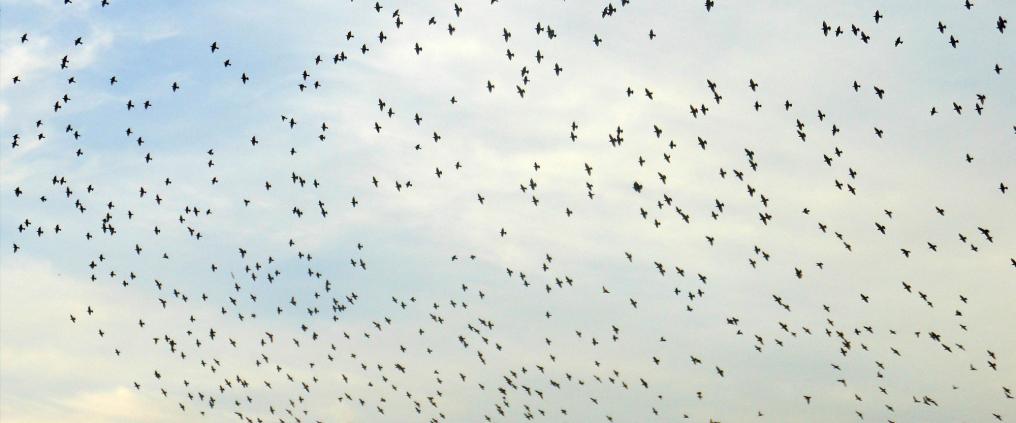At Helsinki Airport, bird-control measures are carried out at three levels. The first step is to make the airport as uninviting and unpleasant for the birds as possible.
To do this, maintenance crews make sure birds can’t find food or water at the airport, and they keep the grass short. If any birds still somehow start ‘hanging out’ at the airport, they are scared away by loud noises. Their elimination is the very last resort.
Airports never let their guard down, particularly during the spring and autumn migration periods. Bigger birds, such as cranes, geese, and swans, are the greatest threat, but even a common crow flying into a turbine requires the plane to turn back, thereby leading to considerable costs.
Bird control is covered by aviation regulations, with global bird-control regulations being issued by a special UN agency, the International Civil Aviation Organization. While the ICAO sets the goals for bird control, the specifics of the measures can be determined locally, and the organisations responsible for running airports can implement stricter rules, such as those in use at Helsinki Airport. Usually one maintenance crew member is assigned the task of bird control, but two people are given this duty during migration periods.
Reports on bird-control activities are sent to the Finnish Transport Safety Agency, Trafi. The records indicate that there have been no actual bird-related accidents at Helsinki Airport.
The story is based on an interview with Mikael Lindroos of Finavia’s maintenance crew.
Text: Minna Kalajoki, Mediafocus Oy
Photo: SXC



